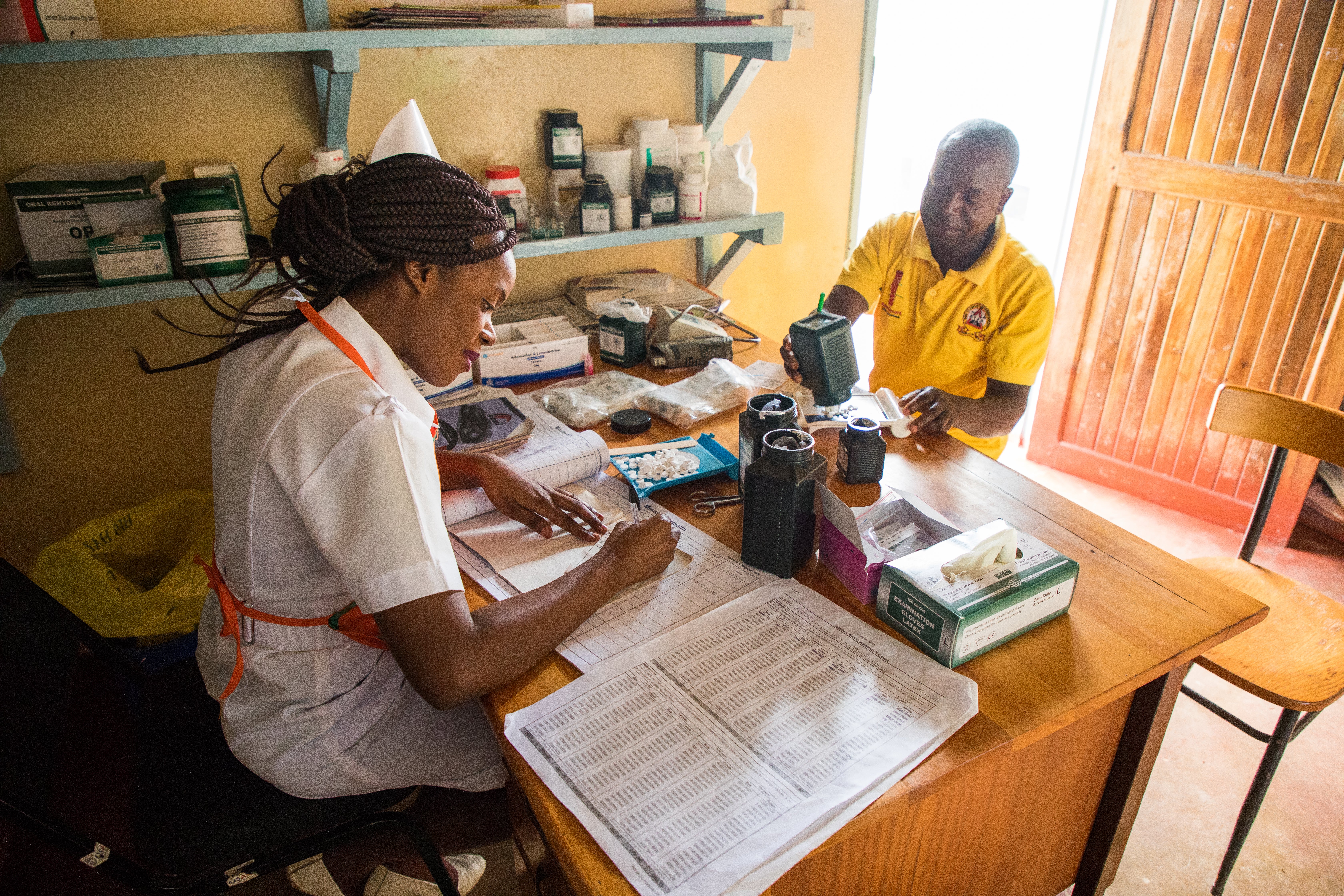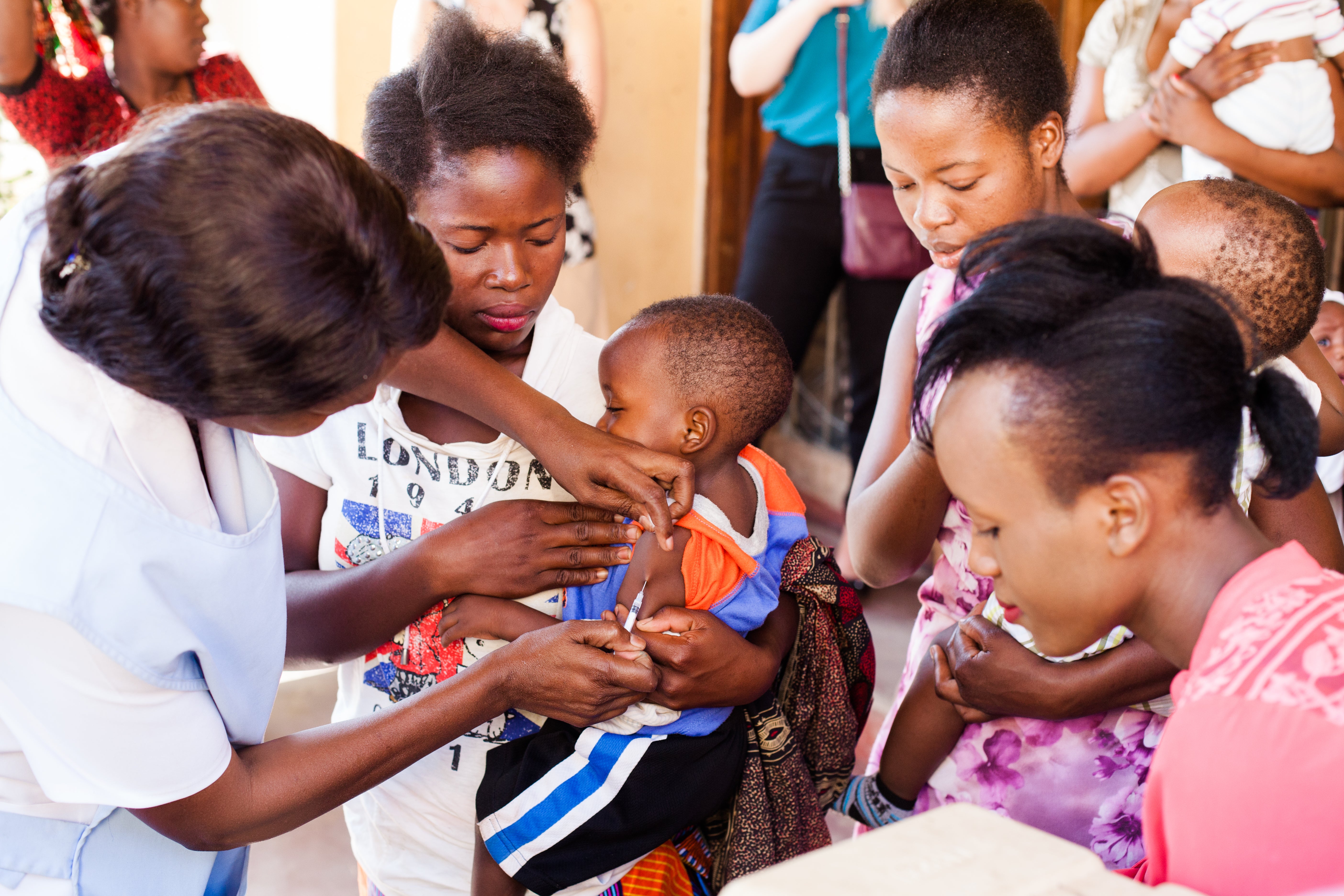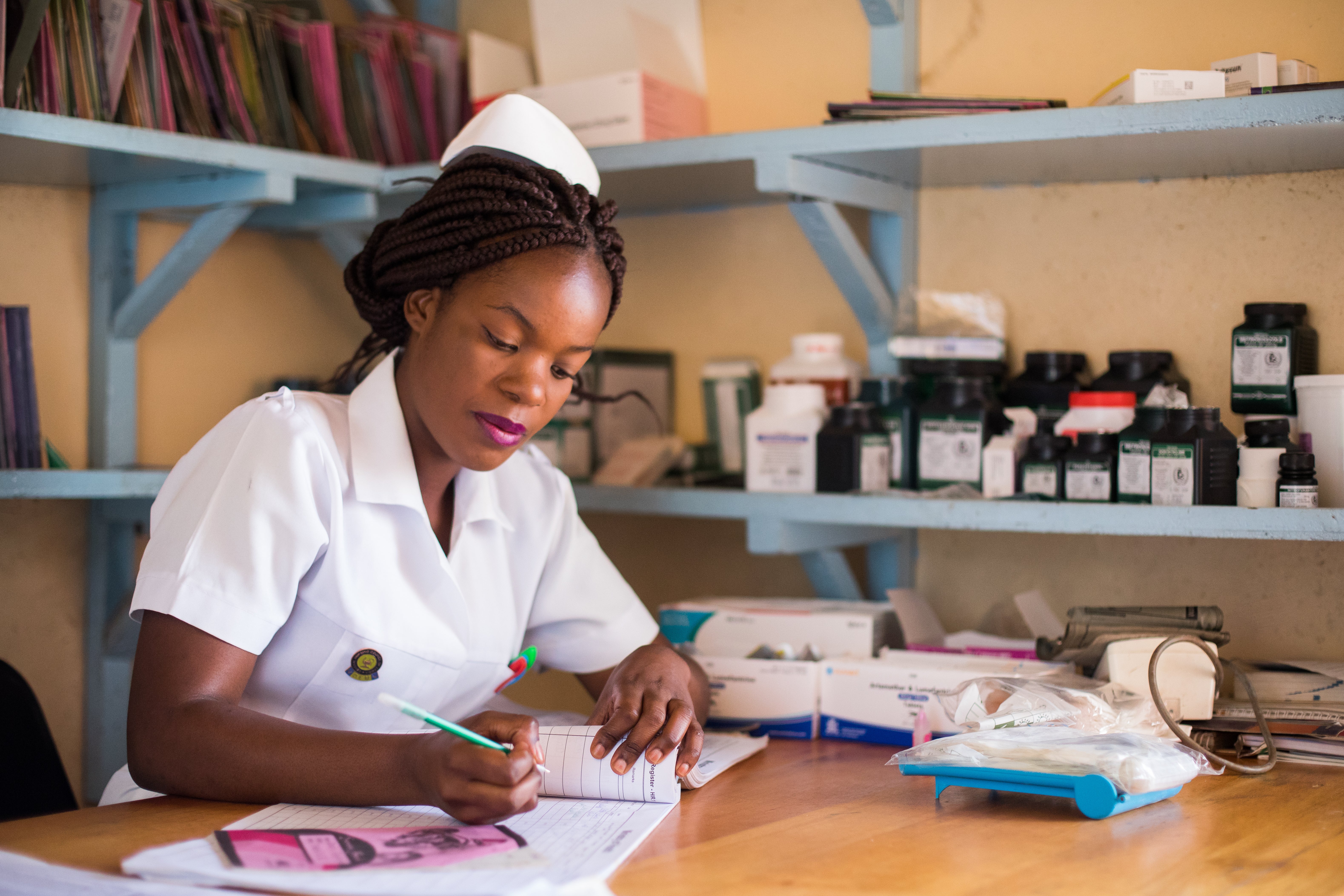Vaccine Delivery in Zambia
Zambia increased its DTP3 coverage to 91%, through prioritizing community access and through investing in its health systems infrastructure and workforce.
CONTENTS
Exemplars in Global Health
Exemplars in Global Health aims to help public health decision makers around the world find success at scale. With input from national and global experts, we analyze countries that have made extraordinary progress in important health outcomes and disseminate the key takeaways. Our hypothesis is that the lessons contained in this growing list of data-driven narratives will be a resource to leaders committed to improving health and achieving success in their countries.
We use globally accepted data sets within an identified time horizon to pinpoint countries that outperformed peers in key areas of public health, controlling for factors like economic growth. Guided by research partners and technical advisors, we also consider geographic diversity, data availability, and research feasibility to select Exemplar countries. We then conduct further research and analysis to validate our initial assessment.
Vaccinations are one of the greatest public health interventions of the last century and the foundation of the primary health care system. High levels of vaccination coverage—defined as the proportion of a target population that has received recommended vaccines—are necessary to control or eliminate vaccine-preventable diseases within a population. The essential components of a successful vaccine delivery system are widely known, but the literature fails to describe how and why these processes and implementation strategies are effective.
Achieving and sustaining high coverage requires investment, but the value may be unparalleled: for each dollar spent on routine and supplementary vaccinations in lower- and middle-income countries from 2011 to 2020, the average country-level return on investment is estimated to be 51 times the cost.
The Exemplars in Global Health program identified several countries that have made notable progress in achieving high vaccination coverage through their national immunization programs (often called Expanded Programme on immunization, or EPI). This report seeks to identify the drivers of success in Zambia and highlights strategies that might be applicable elsewhere.
These insights could enable health ministries, nongovernmental organizations, and multinational bodies to deploy resources more efficiently and effectively—thereby increasing the number of lives saved and illnesses averted, particularly within lower-income countries.

KEY INSIGHTS
Zambia’s improvement in DTP3 coverage and the success of its vaccination program was driven by the vision of equitable access to quality health care for all by 2030.
This led the Zambian government to invest in its health system, build strong collaboration and coordination between local and national stakeholders, and work with community leaders to increase demand for vaccination.
Prioritized Community Access as a Common Goal
By making community access a national goal and continually monitoring progress, Zambia maintained a focus on the importance of access to health care and immunization.

Zambia’s long-term plan for economic growth prioritizes “equitable access to quality health care by all by 2030” and calls for improved coordination across ministries, partners, and donors. As part of this focus on equity, this plan aims to increase the population of rural households living within 5 kilometers of the nearest health facility from 50 percent in 2006 to 80 percent by 2030. As of 2016, Zambia has increased the number of households living within 5 kilometers of a health facility to 78.6 percent. This has made it easier for families to access immunization services in all but the most rural areas.
Invested in Human Resources and Health Systems Infrastructure
Addressing staffing shortages and improving health facilities helped to increase access, convenience, and quality of care for communities.
In the early 2000s, Zambia lacked the health workers needed to adequately provide services for all its population. Zambia invested in strengthening the capacity, motivation, and professional development of health workers. While vacancies remain a challenge, especially in rural areas, Zambia has made important progress in training, recruiting, and retaining health staff.
In addition, Zambia formalized role of Community Based Volunteers (CBV) and integrated them into health service delivery. These community health workers, who are selected by their communities, assist in many health services and are a crucial link between communities and the formal health system. CBVs play important roles in educating their communities on vaccination and following up on children who are behind on their vaccinations.
Another important investment was Zambia’s expansion of its cold chain infrastructure. This vital step enabled the Gavi-supported introduction of new vaccines and played a significant role in improving immunization.

Coordinated Stakeholders toward Shared Priorities
Zambia took a multisectoral approach to health service delivery.

Zambia integrated immunization into the package of primary health care services to provide a “one-stop shop” of essential services for community members, and ensured that polio and measles control programs, new vaccine introductions, and outbreak responses all served to strengthen routine immunization.
This horizontal approach required collaboration both within the Zambian government and with external partners. Zambia’s Inter-Agency Coordinating Committee (ICC) has played a key role in fostering collaboration between the ministry of health and its partners. Originally focused on immunization, Zambia has broadened its ICC to address other aspects of maternal, neonatal, and child health. Through the ICC, partners ranging from faith-based organizations to international and local stakeholders have collaborated with government agencies to provide essential health services.
Worked with Communities to Increase Demand for Vaccination
Community leaders and education play important roles in promoting immunization.
Zambia’s Ministry of Health works with community leaders to improve service delivery and build demand for immunization. The ministry regularly holds formal meetings, or indabas, with traditional and religious leaders. Indabas are used to educate community leaders on vaccination and other health matters and to address issues and challenges. Locally, health facility staff meet with community leaders to plan events such as child health weeks and vaccine introductions, and to find solutions to challenges faced in the community.
Health workers, community-based volunteers, educators, traditional leaders and the media all provide health education to increase demand for vaccines. Faith leaders support immunization by allocating time during religious services for health messaging and to promote upcoming activities.


Vaccine Delivery in Zambia

Ask an Expert
Our team and partners are available to answer questions that clarify our research, insights, methodology, and conclusions.
